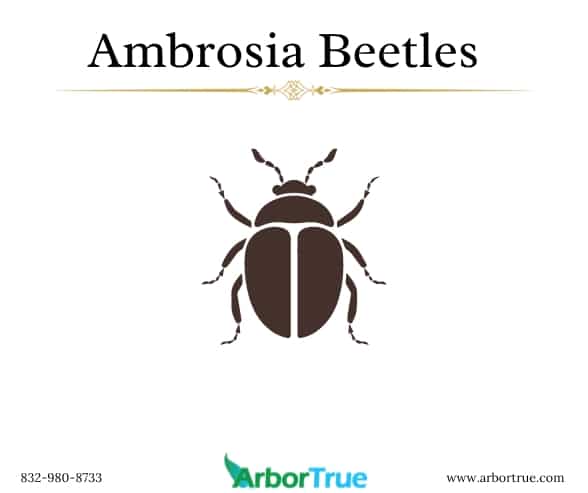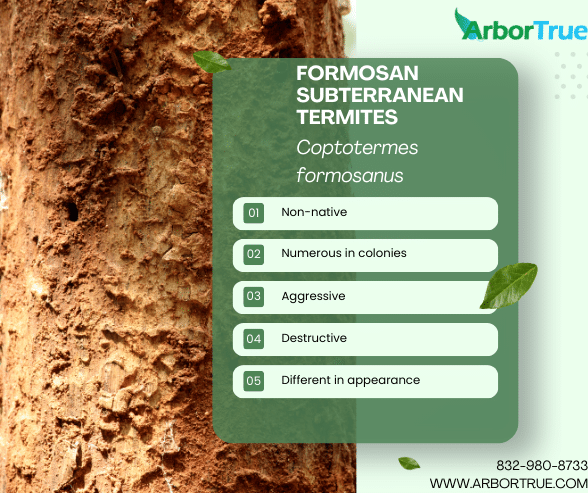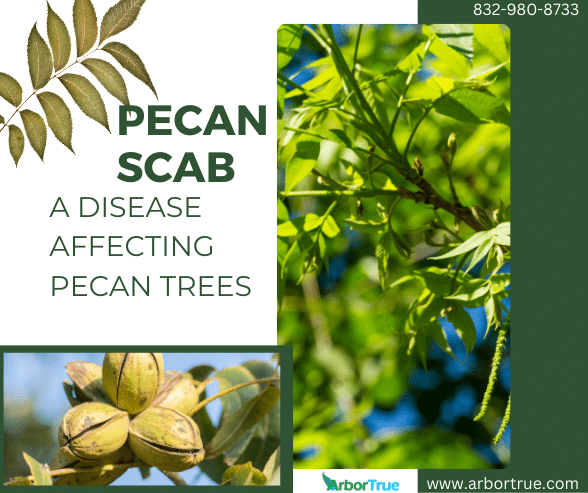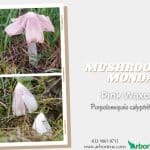
Mushroom Monday: Pink Waxcap (Porpolomopsis calyptriformis)
May 6, 2024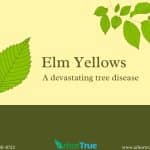
Elm Yellows: A Devastating Tree Disease
May 10, 2024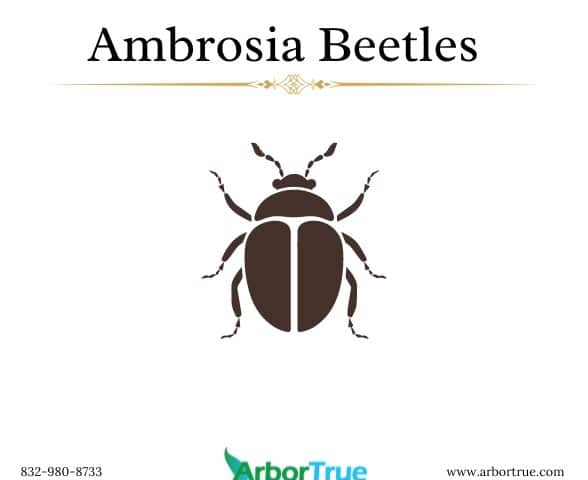
Ambrosia Beetles
In today’s TrueTreeTalk post, we take a look at ambrosia beetles. These beetles, and the fungus they spread, can have a serious impact on trees. Learn more about them below.
What Kind of Beetles are Ambrosia Beetles?
There are a number of different genera of ambrosia beetles and within them are a number of different species. Some include: Gnathotrichus sp., Trypodendron sp., Platypus sp., and Xyleborus sp. A common species are granulate ambrosia beetles (Xylosandrus crassiusculus). Others are black stem borers and redbay ambrosia beetles.
What do Ambrosia Beetles Look Like?
Different ambrosia beetle species have varying appearances. Generally, they are small in size, brownish red to almost black in color, and have a cylinder shape. Their sizes can range from around one sixteenth of an inch to around three sixteenths of an inch. Their larvae are white, small, and don’t have legs.
Ambrosia beetles go through four stages. They start out as eggs, become larvae, develop into pupae, and then finally become adults. Depending on circumstances and the beetle species, there can be one generation in a year or more.
What Trees do Ambrosia Beetles Impact?
Ambrosia beetles can impact a number of different species of trees and other woody plants. They aren’t host specific like some other beetles. Generally, they impact trees that are undergoing stress or dying, but they can also impact trees that have died as well as wood that has been cut. Some species impact trees that are healthy.
Ambrosia beetles will generally impact trees in the spring and into the fall. During winter, they can live in wood, or in debris on the floor of forests.
How do Ambrosia Beetles Directly Negatively Impact Trees?
Ambrosia beetles enter trees through holes they make. These holes are small and round. Once inside, they create galleries (tunnels) in the tree in both the sapwood and the heartwood. These holes damage the tree and the galleries disrupt the tree’s vascular system and weaken the wood. Unlike other beetles, the ambrosia beetle burrows deep within trees causing additional damage.
What’s the Relationship Between Ambrosia Beetles and Ambrosia Fungus?
Although it might seem that ambrosia beetles tunnel into trees because they are eating wood, that isn’t why they do it. Instead, ambrosia beetles tunnel into trees so they can have a place to grow ambrosia fungus.
Ambrosia beetles carry ambrosia fungus on their bodies. Once inside a tree they create tunnels where they deposit the fungus within the sapwood of the tree. The fungus grows within the tree and the beetles eat the fungus. The fungus is the only thing they eat.
Ambrosia beetles and ambrosia fungus have a symbiotic relationship. The fungus gets transportation to trees and a place to grow, and beetles eat the fungus.
How Does Ambrosia Fungus Negatively Impact Trees?
Ambrosia fungus negatively impacts trees because as it grows it clogs the vascular system of the tree. This happens directly from the fungus itself as well as from the tree trying to defend against the fungus. When the vascular system is clogged, water and nutrients can’t flow in a tree, and a tree can decline. Something similar happens with blue stain fungi, a topic we’ve covered here before.
What Happens to Trees Infested with Ambrosia Beetles and Ambrosia Fungus?
When a tree has ambrosia beetles and ambrosia fungus a number of problems can occur. Leaves can wilt, foliage can fade, leaves can fall early, and leaves might not emerge when they should. The growth of a tree can be stunted and a tree can produce less fruit, flowers, and foliage. In severe cases and situations where a tree has other stress, a tree can die from an infestation.
What are Some Signs of Ambrosia Beetles?
Ambrosia beetles can be hard to spot because they are small and they burrow within trees. There are some signs that can indicate them though.
When ambrosia beetles burrow into trees they make small, round holes. These holes can have staining from the fungus as well as sawdust that comes out of them. They can also have things that look like noodles that are made of sawdust, beetle excrement, and fungal mycelium. These small structures can be a clear sign of the beetles. In addition, white sawdust can be found piling at the base of a tree with an infestation, as well as in crevices. In some cases branches can die back and sap can flow out of the holes made by the beetles.
What can be Done About Ambrosia Beetles?
Since ambrosia beetles attack stressed trees, management of them focuses on keeping trees healthy. Healthy trees can resist attacks by the beetles better than stressed ones. In addition, since the beetles also infest wood that has recently been cut, proper handling of this wood can also lessen the likelihood of an infestation. There are also some treatments that can prevent an infestation.
If you liked learning about ambrosia beetles, check out the other posts on our TrueTreeTalk blog and follow us on Facebook to keep up with these and other posts. If you think you might have an ambrosia beetle problem, contact us to arrange an appointment. An arborist can let you know what could be right for your situation.
* * *
ArborTrue is a science-based tree-service company in the greater Houston area. We provide a range of services including tree trimming, tree pruning, tree removal, tree planting, arborist consultations, and more. Call us today at 832-980-8733 or reach out to us online to schedule an appointment.

